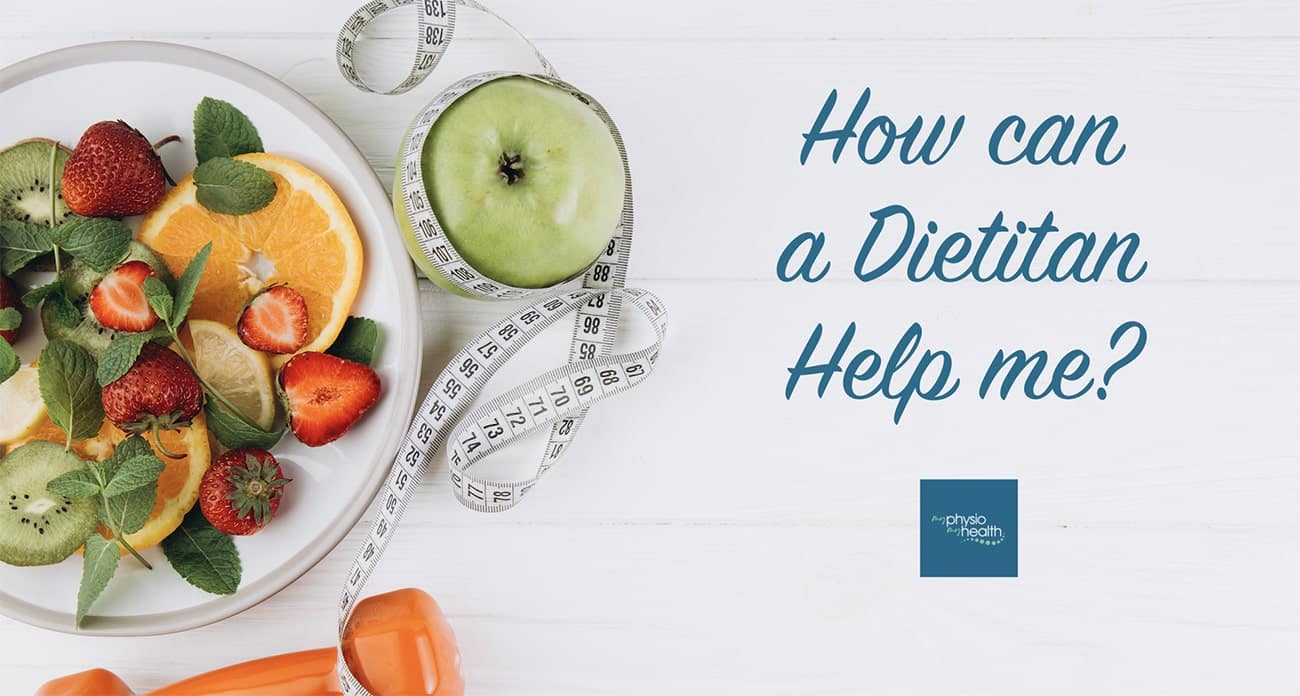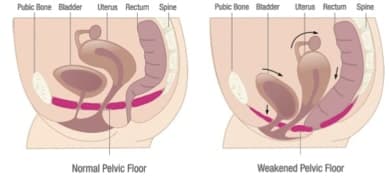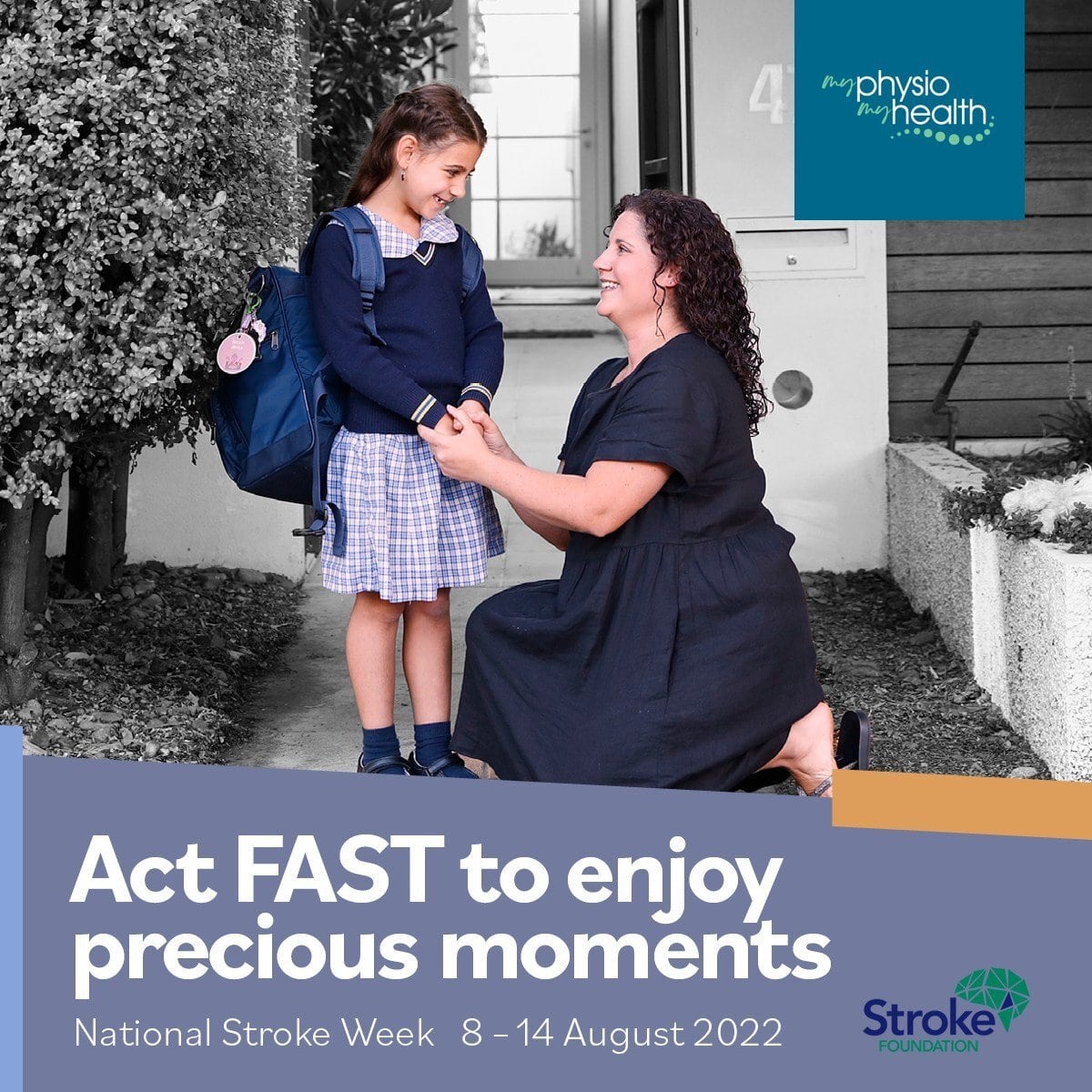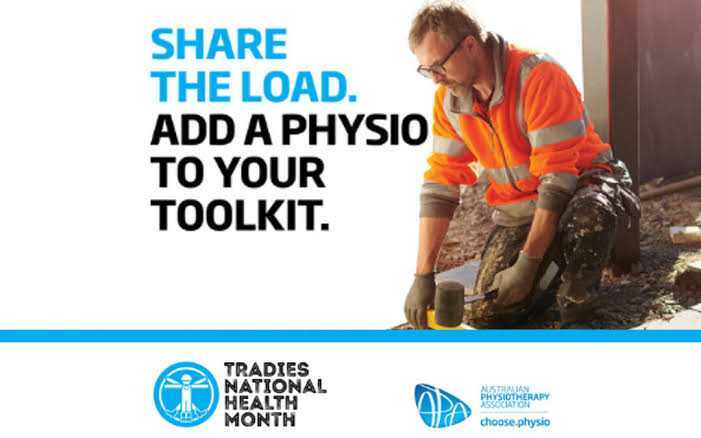Chronic Diseases and the importance of exercise
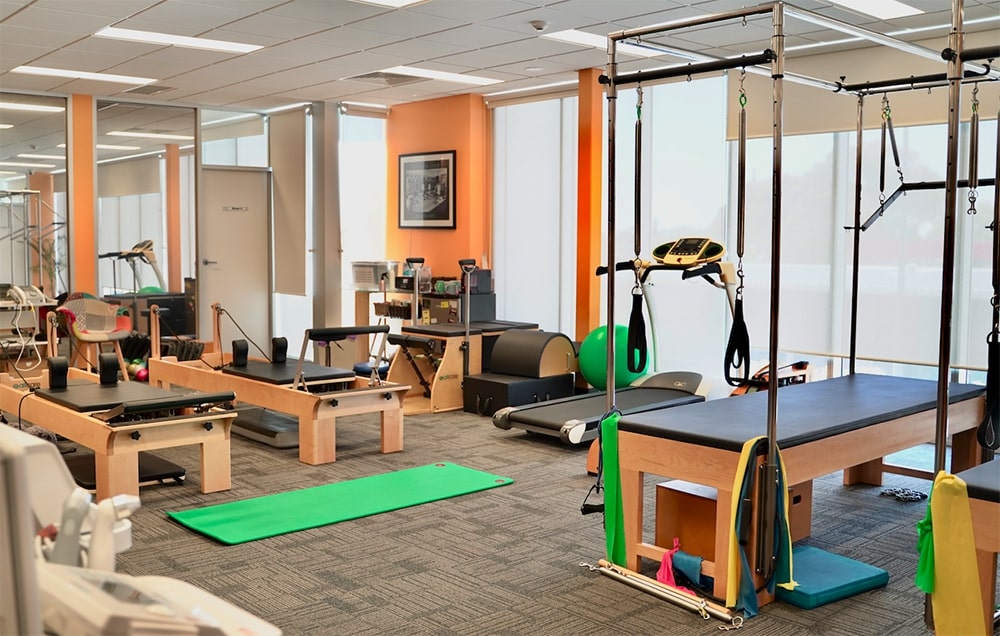
Chronic diseases are leading cause of illness, disability and death in Australia and can potentially have a huge negative impact on individuals’ general health and well-being. Nearly half of the Australian population – about 47% - lives with one or more chronic conditions. Therefore, reducing their risk factors is of extreme importance on the battle against the burden of those diseases. Exercise can be used as a medicine and become an important ally on the prevention, treatment and management of chronic conditions.
As per any medication, the right dosage must be prescribed to treat or prevent distinct health-related conditions and with exercise is no different. An Accredited Exercise Physiologist is the specialist that can assist with that. They’re university qualified health allied professionals with knowledge to assess and deliver safe exercise interventions for people with vast range of chronic conditions.
What is a Chronic Condition?
Chronic conditions are characterized by long lasting diseases that are present for at least 6 months or longer. Diabetes, Musculoskeletal Injuries, Cardiovascular Diseases, Chronic Obstructive Pulmonary Disease (COPD), Anxiety, Depression, Cancer, and other Neurological Conditions are just some of the of the chronic diseases that exercise can help on management and/or treatment.
Despite some of these conditions not being life threatening in the short term, they can usually progress gradually, create limitations and/or disabilities and lower quality and life expectancy of those affected by any of these conditions.
According to the Australian Institute of Health and Welfare (AIHW) the 8 main types of chronic conditions that affect Australians are: Arthritis, Asthma, Back Pain, Cancer, Cardiovascular Disease, COPD, Diabetes and Mental Health conditions. The good news is that regular exercise can help with all of them.
Exercise for prevention, management, and treatment of chronic conditions
Identifying and changing modifiable risk factors is the first line of defence on the prevention of chronic conditions: sedentary behaviour/lack of regular physical activity, obesity, high cholesterol, elevated blood sugar levels, alcohol consumption and tobacco smoking are some of the lifestyle factors that can contribute to the onset and/or development of chronic diseases.
Regular physical activity, prescribed according to the patient’s needs can alter and tackle some of these risk factors. A well-structured exercise program challenges many physiological systems in a safe manner - cardiovascular, endocrine/hormonal, musculoskeletal, respiratory, immunological, etc – and assist to improve their function.
Exercise Physiologists are trained to provide evidence-based exercise regimen and guidance throughout your exercise journey, and are instrumental in the battle for prevention, management or treatment of chronic conditions.

Written by Marcel Teixeira.
Marcel is a Clinical Exercise Physiologist passionate about treating musculoskeletal injuries, neurological conditions, and management of varied chronic conditions through exercise and a holistic approach. Originally from Brazil, he has an extensive background in high performance sports as practitioner and competitor – Brazilian Jiu Jitsu, Soccer, Basketball – and particular interest in mechanics and treatment of musculoskeletal injuries.
 WISHING EVERYONE A HAPPY NEW YEAR! WE'VE RETURNED TO OUR REGULAR OPENING HOURS
WISHING EVERYONE A HAPPY NEW YEAR! WE'VE RETURNED TO OUR REGULAR OPENING HOURS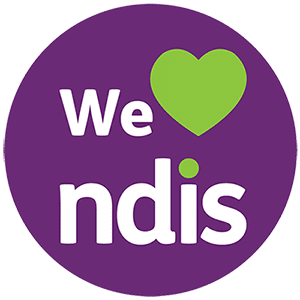


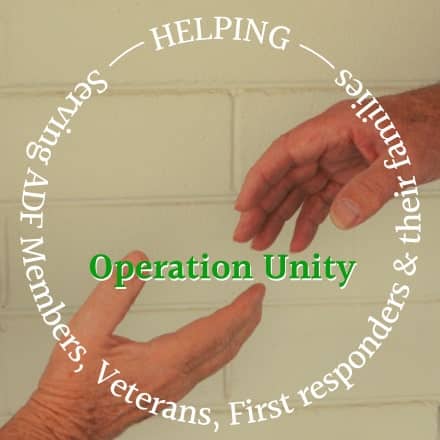

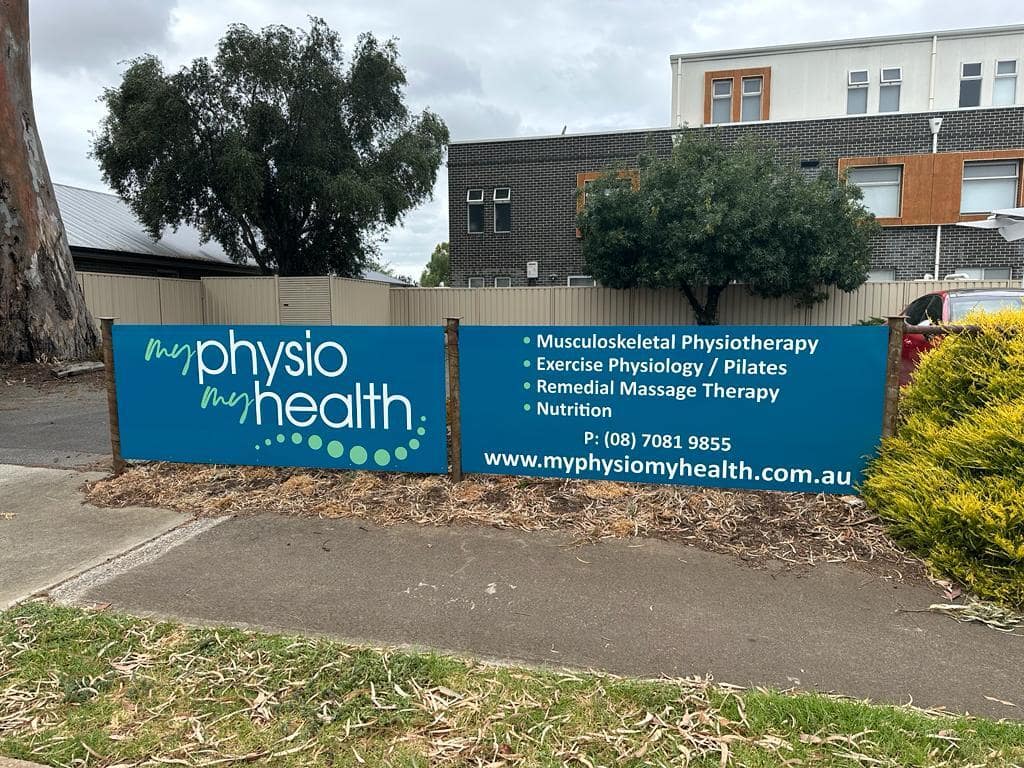



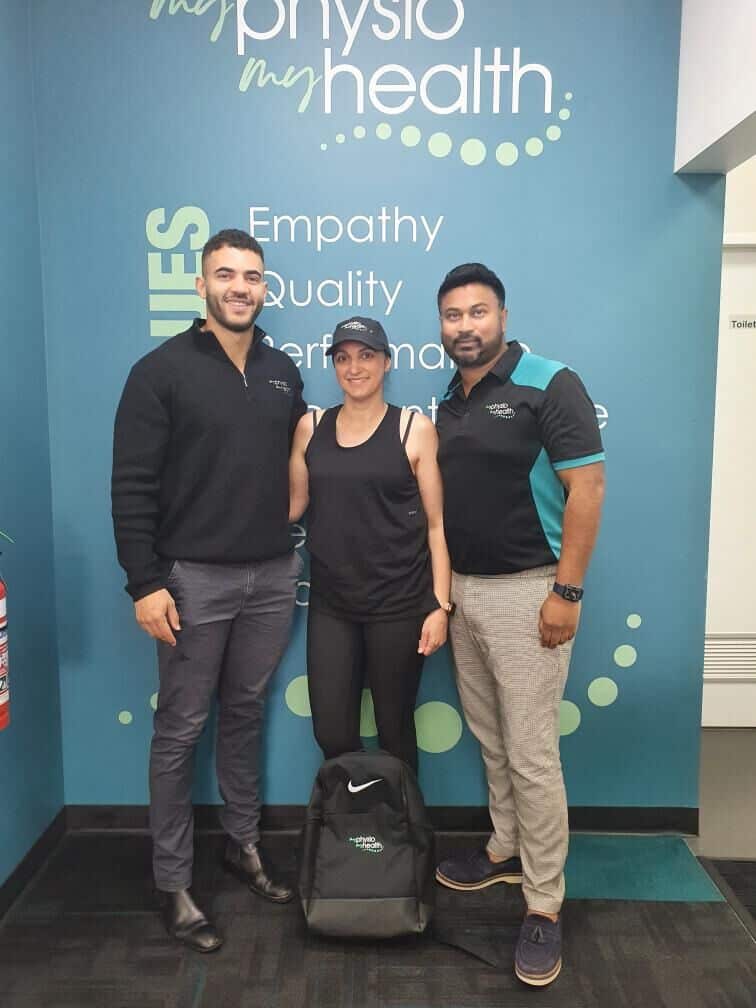
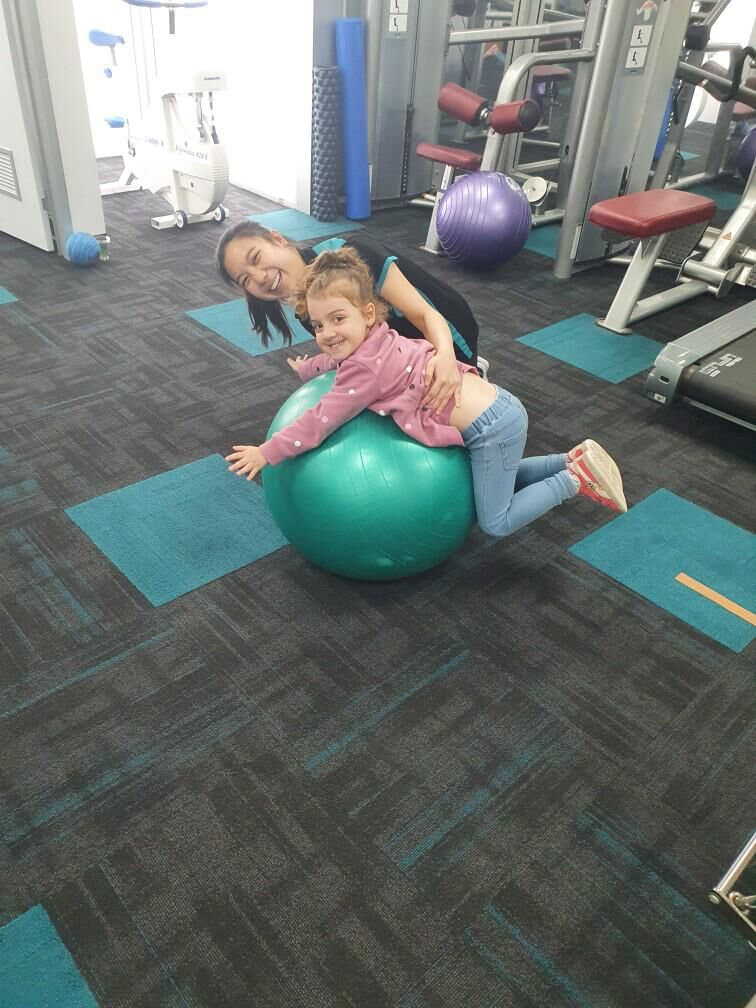


 Firstly, there is more than one type of diabetes, in fact there are three.
Firstly, there is more than one type of diabetes, in fact there are three.
